






Cataract surgery is the most performed procedure in the United States. About 50% of Americans will develop cataracts by age 75 and, if left untreated, they can cause blindness.1
Cataracts form when the proteins and fibers in your eye’s natural lens begin to break down, causing hazy or cloudy vision. Once begun, cataracts only worsen until surgery is necessary.
Light enters the eye through the cornea, passes through the lens and is focused onto the retina, providing a crisp, clear image.
During surgery, a patient’s natural lens is removed and replaced with a clear synthetic one. The procedure usually takes approximately 15 minutes. If you have cataracts in both eyes, each eye is usually done on separate days. Typically, cataract surgery is performed while you are awake, though not until numbing eye drops have taken effect so that you don’t feel discomfort.
The Light Adjustable Lens is made of a special photosensitive material that changes the shape and power of your implanted lens in response to ultraviolet (UV) light to optimize your vision.
The Light Delivery Device™ (LDD™) non-invasively delivers this UV light to precisely reshape your lens based on the visual correction that is needed to target your custom prescription.
RxSight offers two lenses in the Light Adjustable Lens platform: the Light Adjustable Lens and the Light Adjustable Lens+™. Your doctor will determine the lens that is best suited to your eyes. Both the LAL and LAL+ provide the same opportunity to customize your vision with your doctor after surgery.
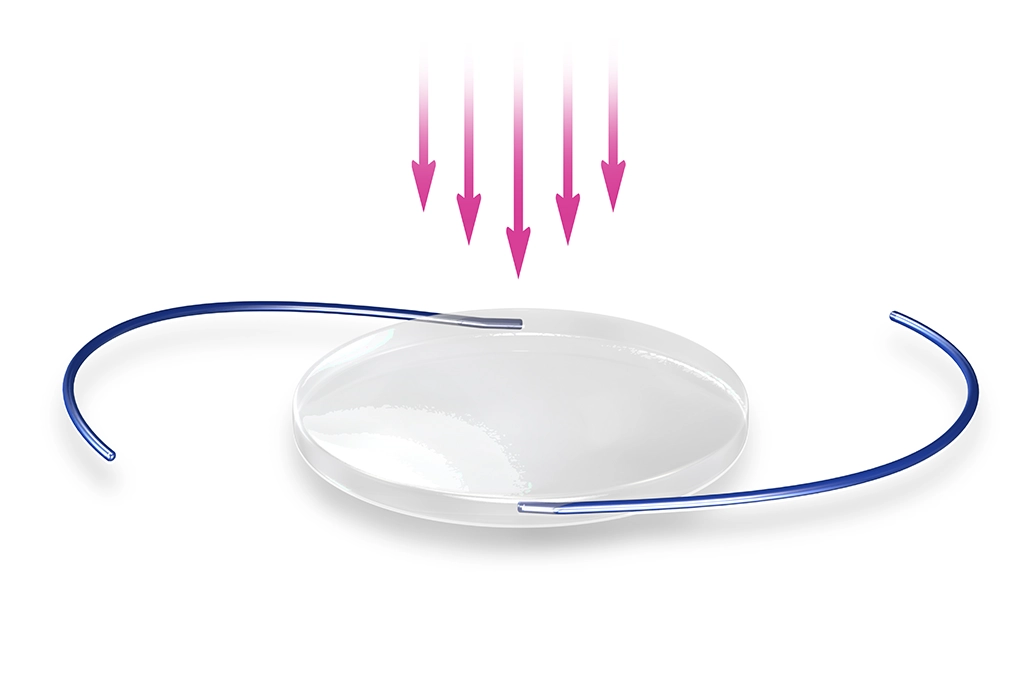
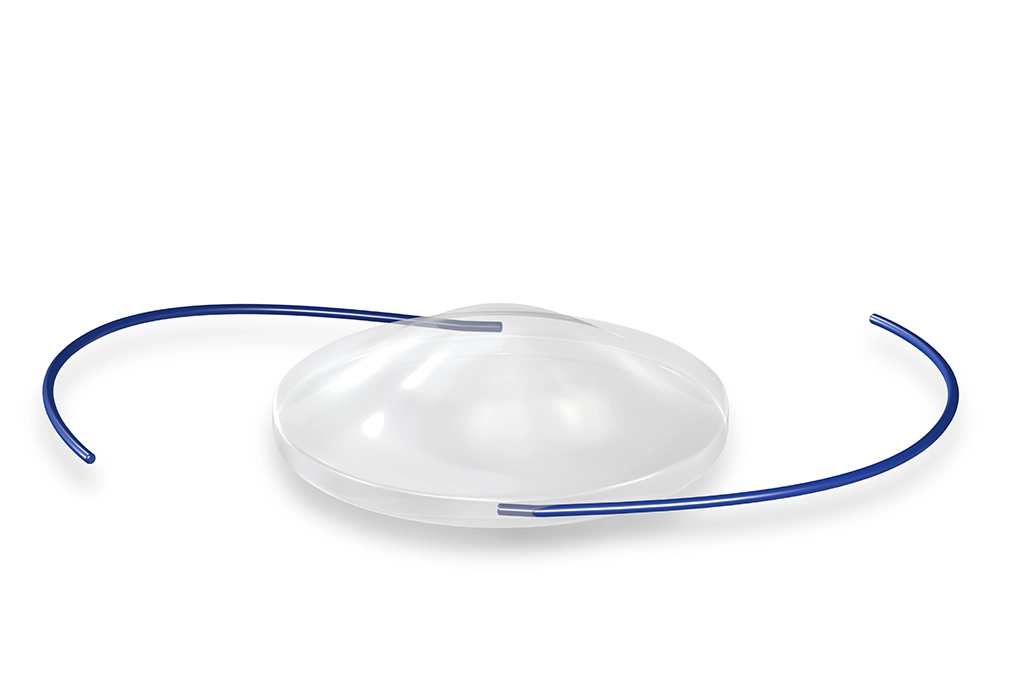
UV light treatments will be performed in your doctor’s office after your eye has healed. Depending on your desired visual outcome, you may have 1–3 light treatments, followed by two “lock-in” treatments to prevent further changes.
With other lenses, you have to make a lot of decisions about the vision you want before your cataract surgery. Once implanted, those lenses can’t be changed; they’re what’s known as “fixed.”
The Light Adjustable Lens, however, is an adjustable lens. This means that the only decision you have to make before your surgery is to choose the Light Adjustable Lens. The rest can be made after your surgery once your eye has healed.
You and your surgeon then have the ability to adjust the lens and optimize your vision based on your unique preferences and lifestyle requirements. So you will truly have vision that’s just for you.

About three weeks after your cataract surgery, you’ll visit your doctor’s office to begin the light treatments to customize your vision. During these visits, you and your doctor work together to achieve the best possible visual outcome—the vision that’s best for you and your lifestyle.
Studies have shown that patients who received the Light Adjustable Lens (LAL) and the recommended post-surgery treatments were almost twice as likely to achieve 20/20 vision or better without glasses compared to cataract patients who have standard lens implants.2
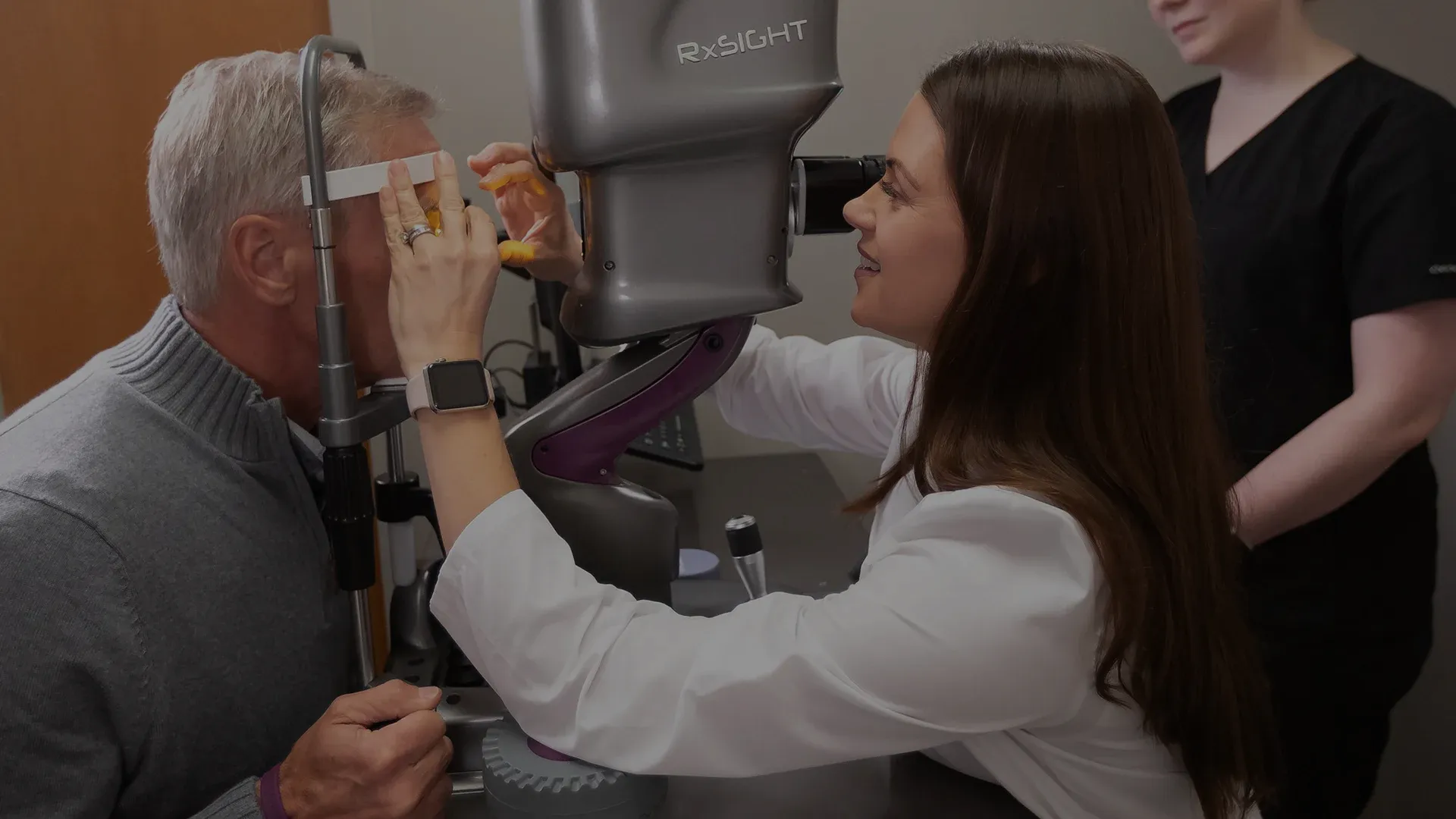
While your vision is still in the adjustment phase, you will be required to wear glasses that prevent UV light from altering your lens to protect it before the final lock-in.
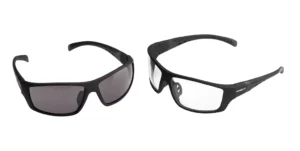
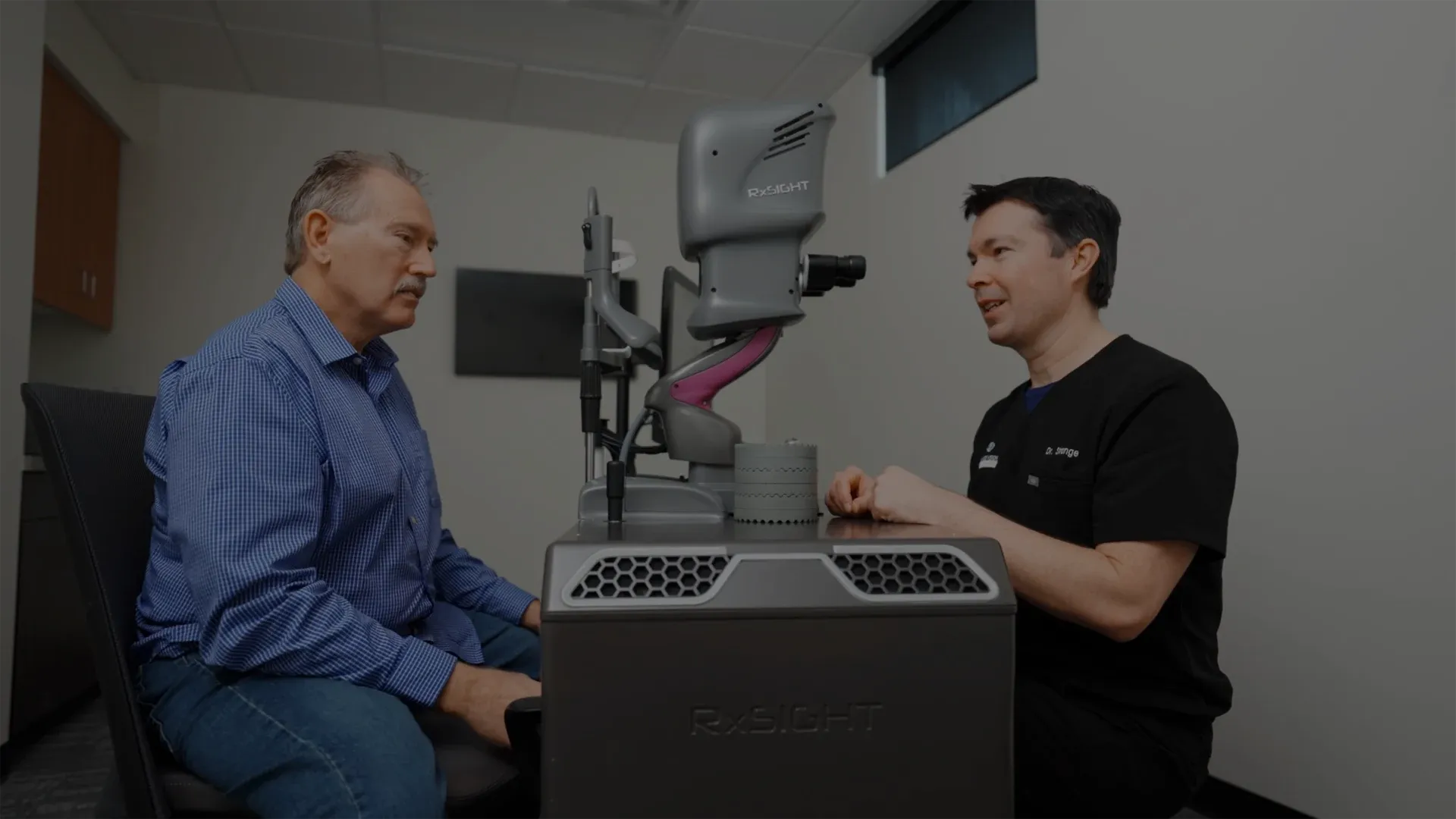
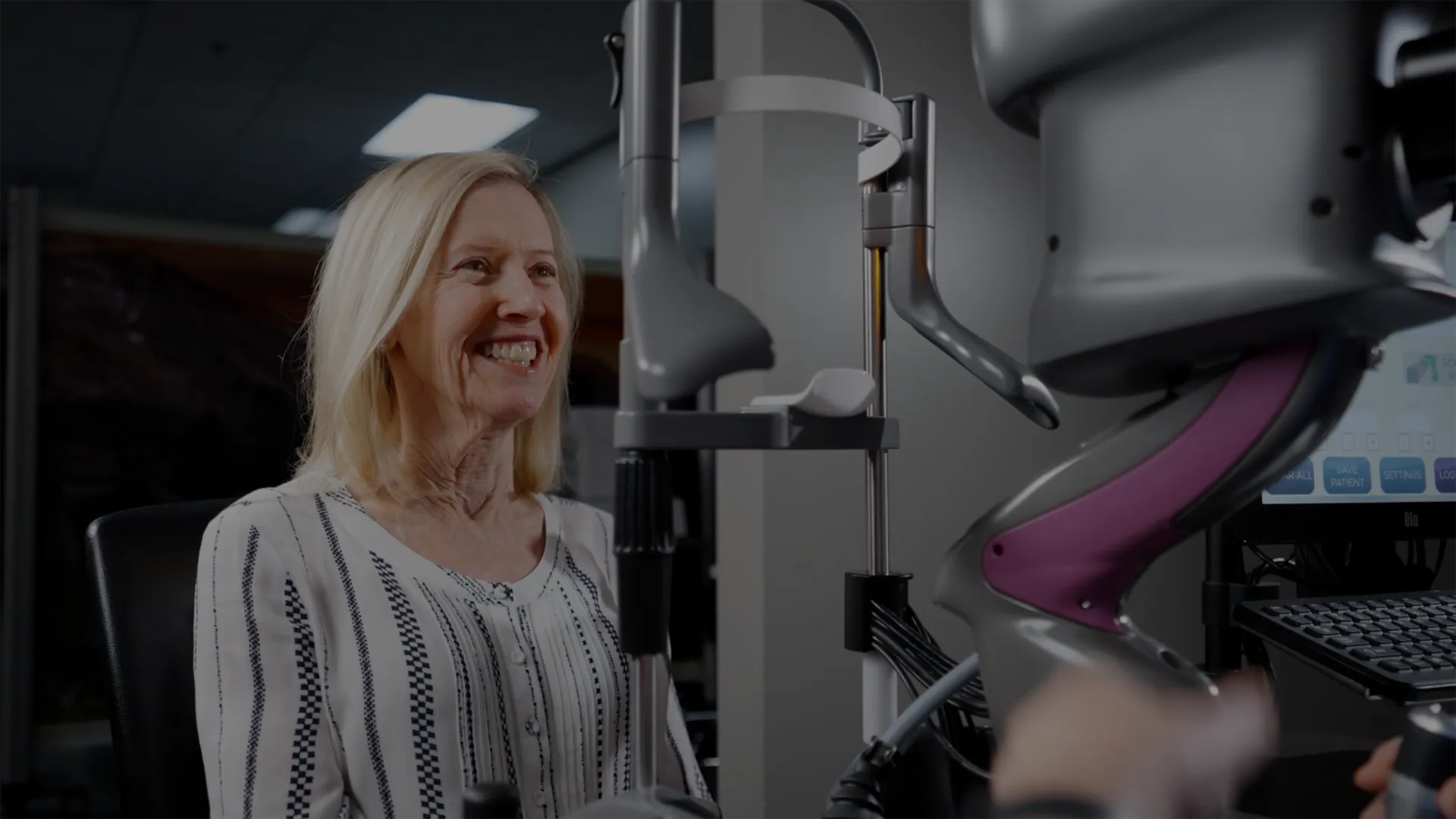

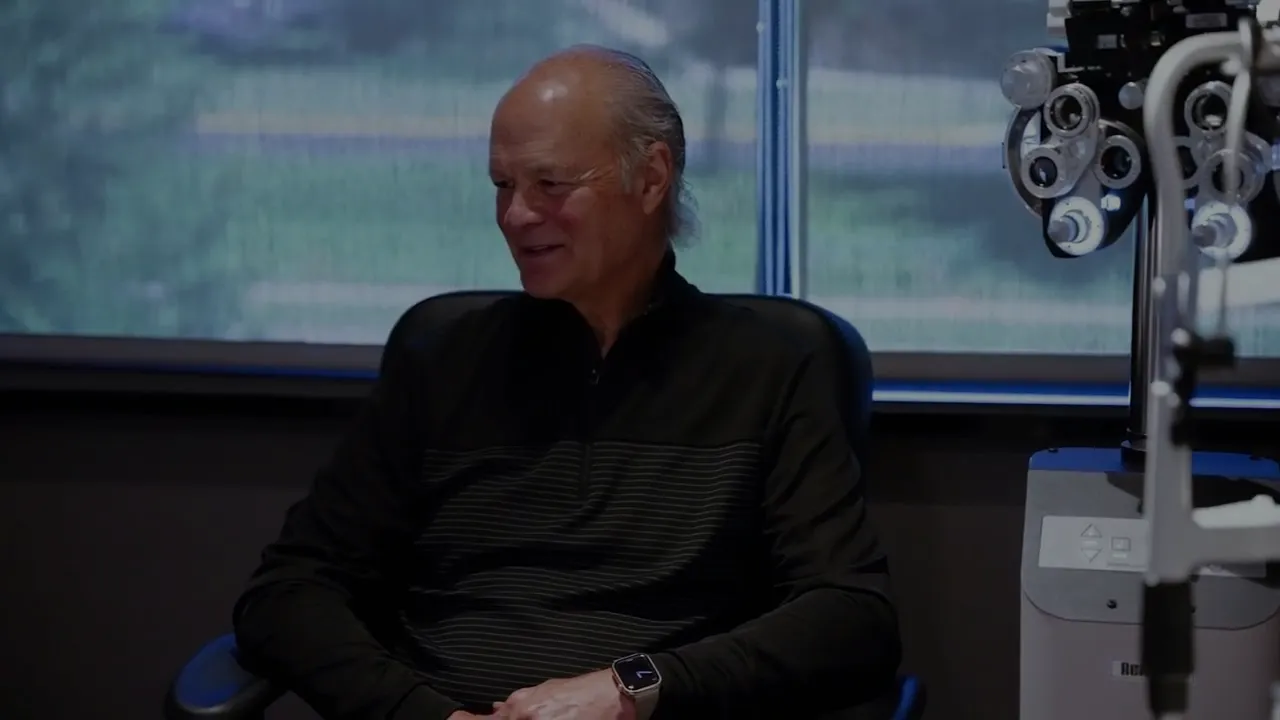
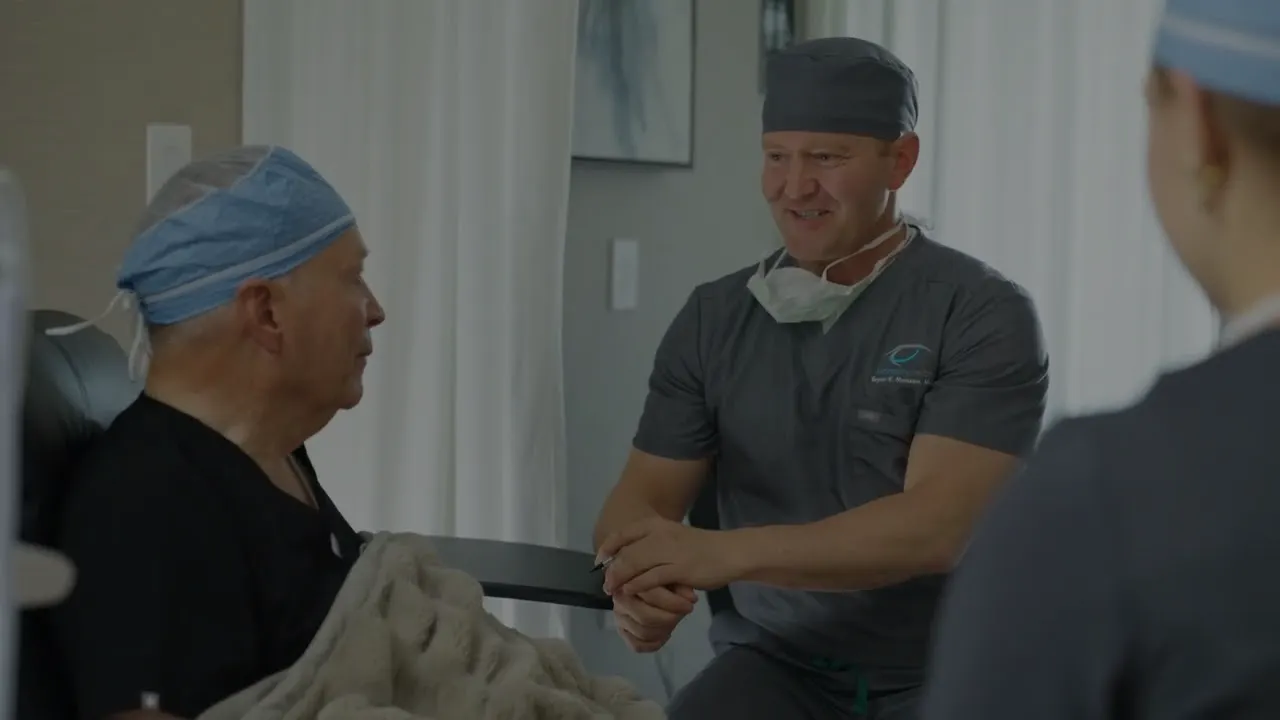



Contact one of our official providers to schedule a cataract consultation to see if the Light Adjustable Lens is right for you. Enter your location in the map below to find the practice nearest to you.
Approved use: The Light Adjustable Lens™ (LAL™), Light Adjustable Lens+™ (LAL+®), and Light Delivery Device™ (LDD™) system is approved for patients who have a cataract and need surgery for it, have corneal astigmatism (at least 0.75 diopters) before surgery, and do not have preexisting macular disease.
Who should not receive this treatment? The LAL/LAL+ and LDD system should not be used if you are taking medications that may increase your sensitivity to ultraviolet (UV) light; if you are taking a medication that is considered harmful to your retina; if you have a history of herpes eye infection or uncontrollable eye movements (nystagmus); or if you are unable to comply with your doctor’s schedule of LDD light treatments and instructions for wearing special UV-protective glasses for several weeks following cataract surgery.
What warnings should I be aware of? Preexisting macular disease and certain eye conditions may increase the risk of complications. Your doctor will determine if you are a good candidate for the LAL/LAL+. If you have any complications during your cataract surgery before the LAL/LAL+ is implanted, you may need to have another intraocular lens (IOL) implanted instead of the LAL/LAL+.
What precautions should I be aware of? The safety and effectiveness of the LAL and LDD have not been established in patients with certain preexisting eye conditions or in patients who experience certain complications during cataract surgery. The safety and effectiveness of the LAL+ has not been substantiated in clinical trials. The effect of the LAL+ optical design on quality of vision, contrast sensitivity, and subjective visual disturbances have not been evaluated clinically. You should discuss these issues with your doctor.
Following surgery, you must wear the special UV-protective glasses during all waking hours for about 4 to 5 weeks and comply with your doctor’s schedule of LDD light treatments. Failure to wear the UV-protective glasses can result in an unpredicted vision change or loss of vision quality after exposure to UV light, such as from sunlight. This may require a second surgery to remove the LAL/LAL+ from your eye and replace it with another IOL.
What are the potential risks? As with any surgical procedure, there are risks associated with cataract surgery and IOL implantation. Please discuss these risks with your doctor. Potential risks associated with LDD light treatments include mild alterations to color perceptions; temporary scratchiness, irritation, or dryness to the front part of your eye; and activation of a previously undiagnosed herpes eye infection. Longer lasting and serious adverse events related to the UV light exposure are possible, but rare. There is a small chance that your vision could be made worse or that you may require additional surgery as a result of a complication.
Caution: Federal law restricts this device to sale by or on the order of a physician.
©2024 RxSIGHT. All Rights Reserved. COM-1043 Rev. J